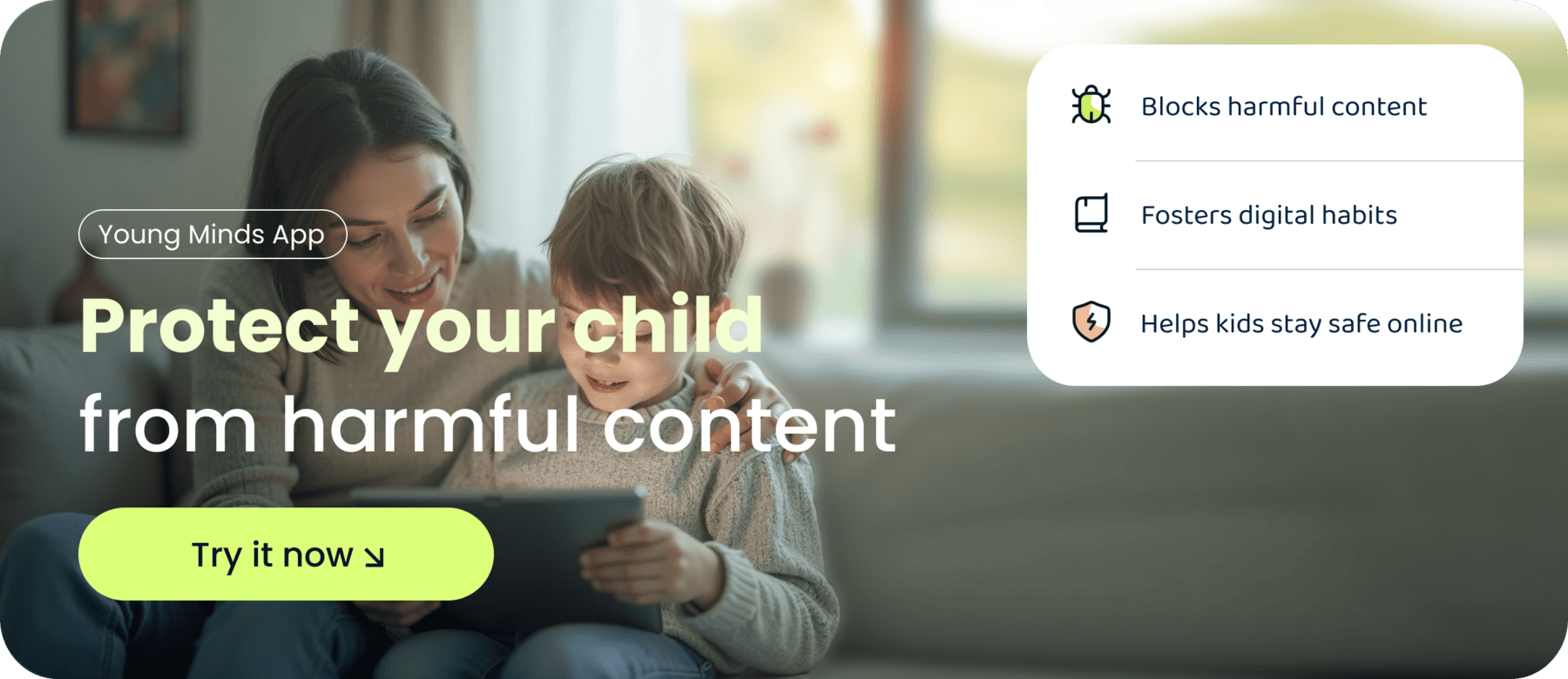Parents always approach me with the question: "What is the average screen time for teens?" And I tell them—stop. Stop focusing on the number. Because if you're looking for a magic number that determines whether your teen is using screens too much, you’re missing the bigger picture.
"4.8 hours Average number of hours a day that U.S. teens spend using seven popular social media apps, with YouTube, TikTok, and Instagram accounting for 87% of their social media time. Specifically, 37% of teens say they spend 5 or more hours a day, 14% spend 4 to less than 5 hours a day, 26% spend 2 to less than 4 hours a day, and 23% spend less than 2 hours a day on these three apps"
American Psychological Association
The Reality of Teen Screen Time
Yes, the statistics are out there. Average screen time for teens is that they tend to spend 7 to 9 hours a day, including social media, gaming, and streaming. This number doesn’t even include time spent on screens for schoolwork. But knowing the average doesn’t solve the problem—what really matters is how and why your teen is using screens.
Are teens simply mindlessly scrolling for hours, or are they using screens as a way to escape from reality? Or, perhaps they’re engaging in more meaningful activities like learning new skills, creating content, or connecting with friends and family? The answers to these questions matter far more than just the raw number of screen time hours, as they reveal the true nature of how teens are interacting with technology in their daily lives.
Use Technology to Your Advantage
Not all screen time is bad — it’s about how it’s used. When guided intentionally, technology can support learning, creativity, and connection.
Encourage your teen to use their devices productively, such as:
- Learning new skills through YouTube tutorials (e.g., music, coding, art).
- Exploring educational apps that build curiosity and problem-solving.
- Watching documentaries that expand their understanding of the world.
- Using mental health or wellbeing apps to track emotions or practice mindfulness.
Helping your teen use tech purposefully builds confidence and self-awareness, instead of dependency.

Awareness Over Restriction: The Healthier Screen-Time Mindset
Rather than obsessing over the number of hours your teen spends online, focus on quality over quantity.
Open conversations work better than strict bans. Ask:
- “What did you enjoy watching today?”
- “How do you feel after scrolling?”
These discussions help your teen reflect on their own habits and recognise when their tech use supports them — and when it doesn’t.
Remember: technology isn’t the enemy. It’s how we use it that matters. Teens who develop self-awareness about screen habits often make smarter, more balanced choices — without constant parental policing.
Key Takeaway
Healthy screen time isn’t about strict limits — it’s about teaching awareness, purpose, and balance. When teens understand how tech affects their mood and focus, they can take control of their digital habits — and that’s a life skill worth building.
Parents Also Ask:
How much screen time is healthy for a teenager?
No more than 2 hours of recreational screen time per day is ideal, but balance matters more than strict limits.
How long should a 15-year-old have screen time?
2 to 4 hours of recreational screen time is reasonable when balanced with offline activities.
How much time does the average 15-year-old spend on social media?
Around 3 to 4 hours daily on apps like TikTok, Instagram, and Snapchat.





